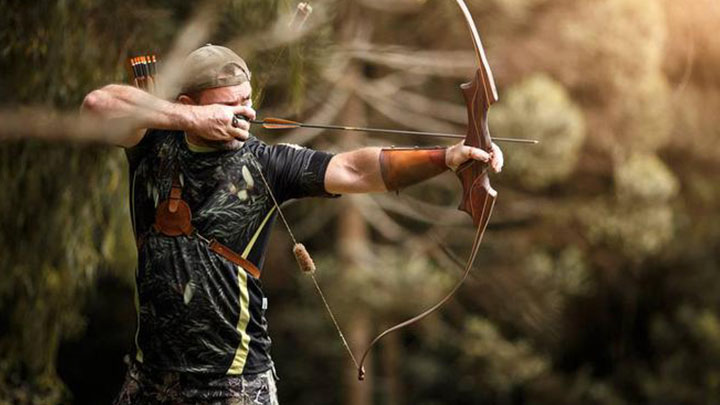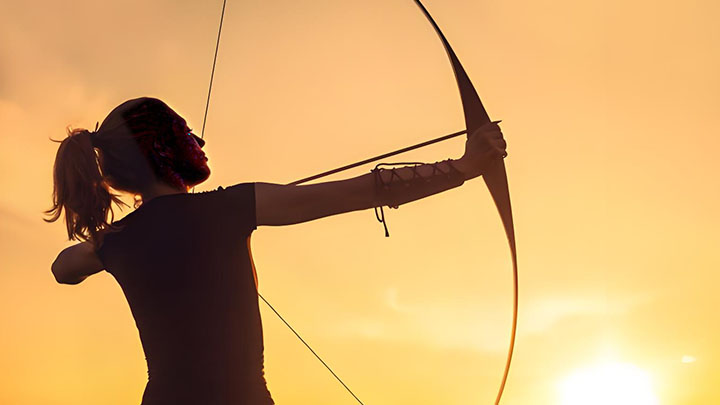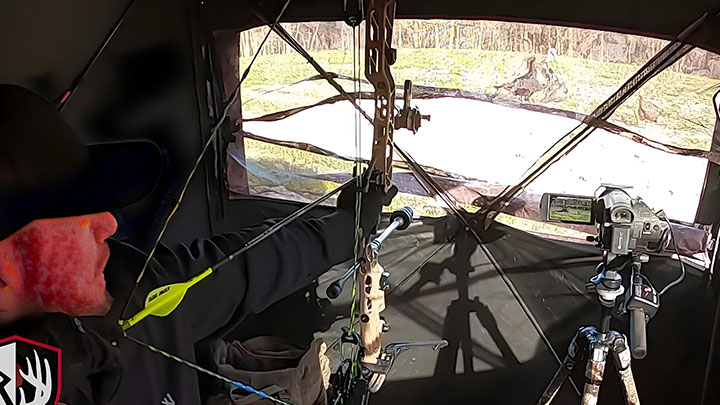How to Choose a Compound Bow: A Complete Guide for Beginners
Choosing the right compound bow can feel overwhelming, especially for beginners. With so many sizes, draw weights, and brands on the market, it's important to understand the key factors that go into selecting a bow that fits your needs and skill level. This guide will walk you through the essentials of choosing a compound bow for hunting, target shooting, or archery practice.
1. Determine Your Purpose
The first step is to decide what you’ll use the bow for. Are you planning to:
- Hunt game?
- Practice target shooting?
- Compete in archery tournaments?
Different activities may require different types of bows. For example, hunting bows typically prioritize speed and power, while target bows may focus on stability and accuracy.
2. Know Your Draw Length
Draw length is the distance from the grip to the bowstring when fully drawn. It's crucial for comfort, accuracy, and safety. You can estimate your draw length using this simple formula:
Most archery shops can measure this for you precisely. Be sure to get a bow that matches your draw length or is adjustable within your range.
3. Choose the Right Draw Weight
Draw weight refers to how much force is needed to pull the bowstring back. A good draw weight allows you to pull smoothly without shaking or straining. Typical draw weights:
- Beginners: 40–50 lbs
- Hunting: 50–70 lbs
- Target Shooting: 30–50 lbs
Many compound bows have adjustable draw weights, which is perfect for beginners who want to increase their strength over time.
4. Consider Axle-to-Axle Length
The axle-to-axle (ATA) length is the distance between the bow’s cams. Shorter bows (28–32 inches) are more maneuverable and better for hunting in tight spaces, while longer bows (34–38 inches) offer more stability and accuracy for target shooting.
5. Test Before You Buy
If possible, go to an archery store and try different models. Pay attention to:
- Grip comfort
- Smoothness of the draw
- Noise and vibration
- Overall feel
Each bow feels different, and choosing one that feels comfortable in your hands can make a huge difference in your experience.
6. Don’t Forget Accessories
Most compound bows require additional gear such as:
- Arrow rest
- Sight
- Stabilizer
- Quiver
- Release aid
Some bows come in “ready-to-shoot” packages with accessories included. Make sure you factor these into your budget.
7. Set a Budget
Entry-level compound bows can cost anywhere from $300 to $600, while advanced models can go well over $1,000. Choose a bow that fits your budget but also meets your performance needs. Investing in a good-quality bow can help avoid frustration and improve your learning curve.
Conclusion
Finding the right compound bow requires some research and hands-on testing. By understanding your purpose, draw length, draw weight, and preferred features, you can choose a bow that enhances your archery experience. Whether you're shooting for fun or preparing for your first hunting season, the right compound bow makes all the difference.




